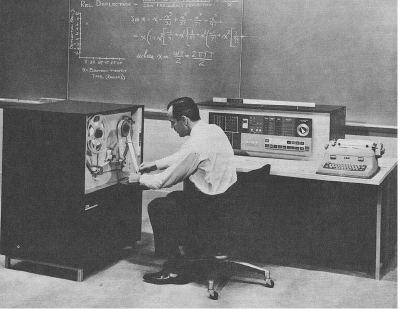Hi there, i build this project with a pair of 2sc3281 transistors, its working very well, but it has a little backgroung distortion, im wondering what improvments can i do to get rid, or decrease, that distortion... any ideas???? 
thnxs!!

thnxs!!




Comment